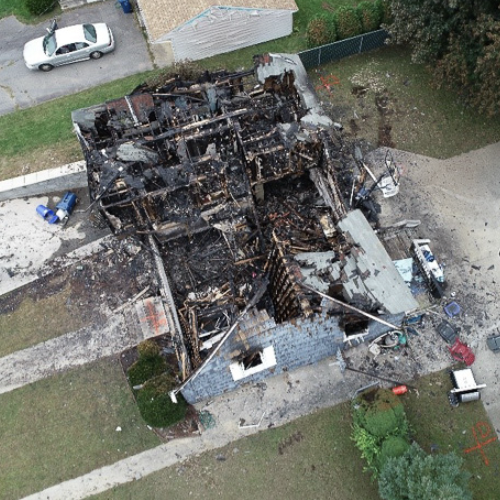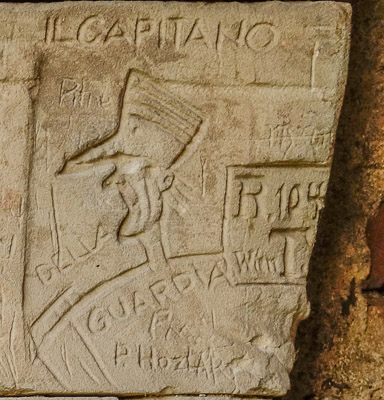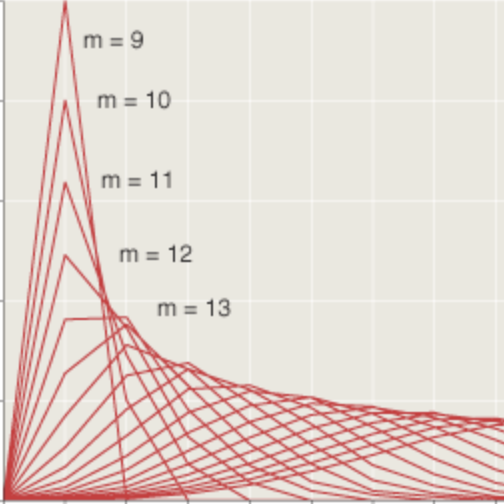Packed Primes
by Brian Hayes
Published 10 February 2006
A few weeks ago I reported on two talks about patterns in prime numbers—pairs of primes that lie close together and long sequences of primes in arithmetic progression. Thomas J Engelsma writes to tell me of a closely related undertaking: The search for dense clusters of primes. Although we know that the average density of primes falls steadily as one looks further out along the number line—that’s the message of the Prime Number Theorem—there’s every reason to expect occasional dense local aggregations. Indeed, a conjecture of Hardy and Littlewood says there should be infinitely many clusters of the maximum possible density—intervals where every number that might conceivably be prime is in fact prime. (Giving a precise definition of the maximum density is a little messy, but it’s obvious that half of all numbers can’t be primes because they’re even, and a third are excluded because they’re divisible by 3, and so on.) Small clusters of maximum density—called prime k-tuples—are easy to find; for example, the numbers 191, 193, 197 and 199 make up a prime 4-tuple.
Curiously, another Hardy-Littlewood conjecture points in the opposite direction. The conjecture is framed in terms of the function pi(n), which counts the number of primes less than or equal to n. Hardy and Littlewood claimed that for any integers x and y greater than 2, pi(x) + pi(y) is at least as large as pi(x + y). Another way of stating this idea is to say there are no prime clusters out in the further reaches of the number line that are any denser than the cluster at the very start of the line; the primes between x and y are never more numerous than those between 1 and y – x.
The two conjectures are inconsistent; they can’t both be true. And the nature of the conflict between them can be made very concrete: it turns out that pi(3159)—the number of primes between 1 and 3159—is 446, but the maximum possible number of primes in an interval of length 3159 is 447. Thus Hardy and Littlewood’s first conjecture—claiming unlimited clusters of maximum density—says that somewhere out there we ought to find an x with 447 primes between x and x + 3159. But the existence of such a cluster would refute the second conjecture, because pi(x + 3159) would be greater than pi(x) + pi(3159).
All the smart money in mathematics is betting on an infinity of k-tuples, but so far neither conjecture has been proved. Engelsma and several collaborators have been exploring the direct approach to settling the matter, simply by finding a prime 447-tuple. They remain a long way from success, with estimates that the first 447-tuple lies somewhere out toward 101200. In the meantime, though, there are lots of interesting preliminaries about the patterns of k-tuples at Engelsma’s web site. More useful background comes from Tomás Oliveira e Silva of the Universidade de Aveiro in Portugal.
Publication history
First publication: 10 February 2006
Converted to Eleventy framework: 22 April 2025



